Apple’s M1-Powered MacBook Air And Pro: 5 Things To Know
The company is debuting the new M1 processor with two of its popular notebook models, including the entry-level model of the MacBook Pro.
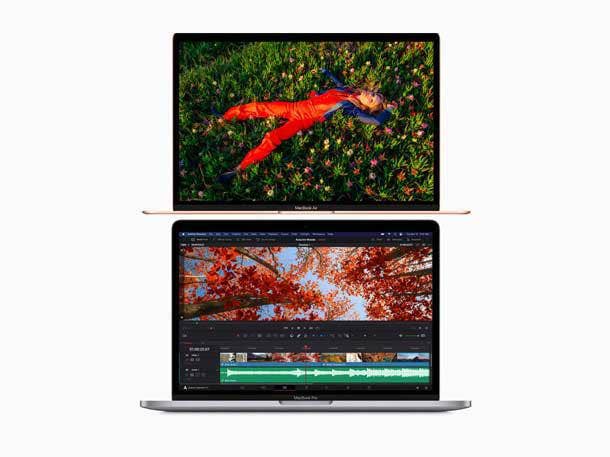
The Next Generation
Apple was already on a roll with its Mac lineup. Revenue in the Mac business surged during the fourth quarter of Apple’s fiscal 2020, ended Sept. 26—crushing the previous quarterly record to set a new high of $9 billion. But Apple isn’t sitting still with the Mac: On Tuesday, the company announced three updated Mac models that will feature the company’s new in-house, Arm-based processor—the M1. The chip will usher in the “next generation of Mac” by enabling major gains on performance, battery life and software capabilities, according to the company. Along with a new version of the Mac Mini desktop, Apple will initially launch the M1 with two of its laptop models-- the MacBook Air and the entry-level MacBook Pro (13-inch). The M1 “makes these Macs dramatically faster, provides all-new capabilities with extraordinary battery life, and enables the Mac to run more software than ever,” said Apple CEO Tim Cook on Tuesday, during a prerecorded announcement event. “This is exactly why we are transitioning the Mac to Apple silicon.”
What follows are five key things to know about Apple’s M1-powered MacBook Air and MacBook Pro.
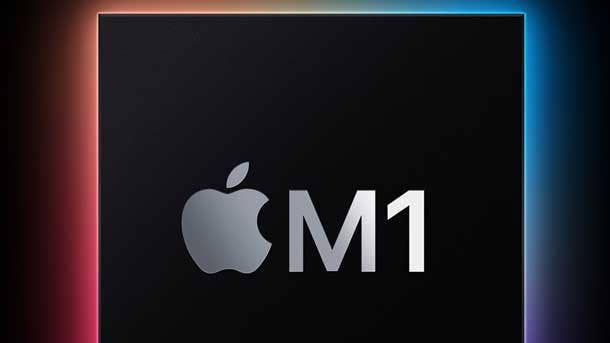
Performance
Apple’s M1 chip includes an eight-core CPU and either a seven-core or eight-core GPU, depending on the configuration. For the MacBook Air with M1, that translates to a CPU performance improvement of up to 3.5X and graphics performance gains of up to 5X, compared to the previous Intel-based MacBook Air, Apple said.
The MacBook Pro model that is first getting the M1 chip is the most affordably priced—and most popular—model in the lineup, which has a 13.3-inch display and two USB-C ports. Apple is touting up to 2.8X better CPU performance and up to 5X improvement on GPU performance for the entry-level MacBook Pro with M1, versus the prior Intel-based version. Apple is continuing to offer the higher-end 13.3-inch MacBook Pro with Intel processors and four USB-C ports, as well as the 16-inch MacBook Pro with Intel processors. The company didn’t disclose any clock speed information for the M1 chip, so it’s not immediately clear how the entry-level MacBook Pro with M1 might compare to the higher-end MacBook Pro with Intel on performance.
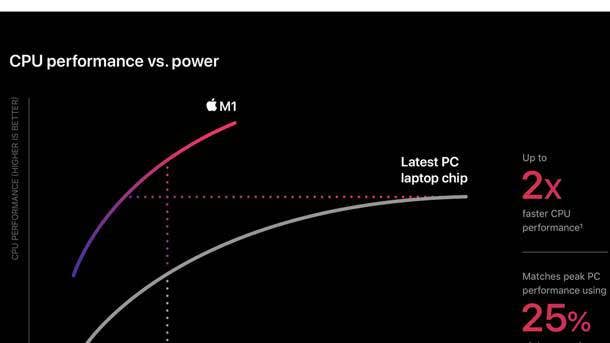
Battery Life
The eight-core CPU on the M1 chip is made up of both high-performance cores for intensive computing needs, as well as high-efficiency cores for conserving battery life during less-intensive tasks. The result is up to 18 hours of battery life for video playback on the MacBook Air with M1--a gain of six hours over the prior model, and the longest battery life ever promised for a MacBook Air model. The 13-inch MacBook Pro with M1, meanwhile, will actually boast the longest battery life of any Mac to date—with up to 20 hours of video playback available, doubling the previous promise of 10 hours.
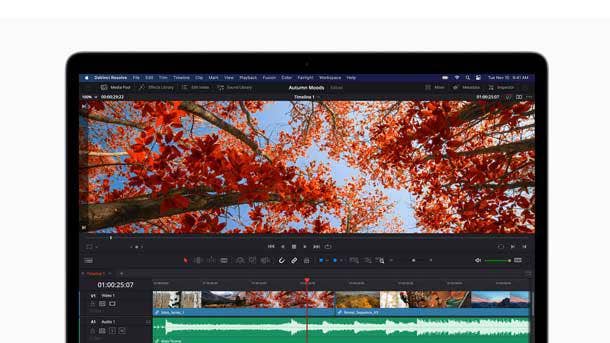
Security and Software
Crucially, the M1 integrates the Secure Enclave, which enhances security by keeping Touch ID biometric data separated. Other security capabilities enabled on the MacBook Air and Pro with M1 include hardware-verified secure boot, automatic high-performance encryption for files and macOS run-time protections, Apple said.
Meanwhile, the new macOS Big Sur release, which the two laptops will come with, has been designed with the M1 chip in mind, according to Apple. For instance, “your Mac now instantly wakes from sleep, just like the iPhone and iPad,” said Craig Federighi, Apple’s senior vice president of software engineering, during the prerecorded event Tuesday. Apps will also launch more quickly, and “the whole system is distinctly snappy,” he said.
Meanwhile, the M1 will enable users to run iPhone and iPad apps on their MacBook Air or Pro for the first time, Federighi said.

Other Updates
Apple has not changed the form factor with the new M1-powered MacBook Air and MacBook Pro models. There are a few other updates, however. The entry-level 13-inch MacBook Pro will get “studio-quality” mics along with Apple’s newest camera image signal processor, which enables “sharper images and more detail in shadows and highlights on video calls,” Apple said in a news release.
The MacBook Air with M1 will also add Apple’s latest image signal processor, as well as support for P3 wide color—which provides “an even more vibrant, true-to-life Retina display,” Apple said.
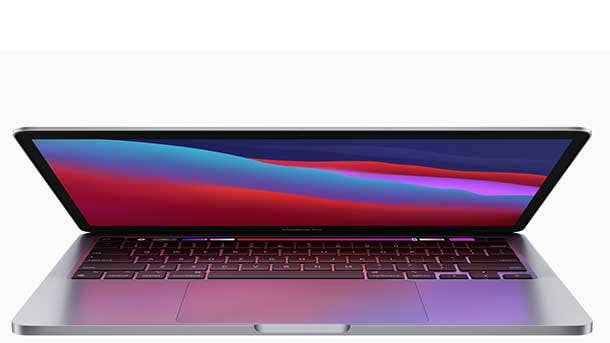
Price And Availability
Apple has not raised the starting pricing for the M1-powered MacBook Air and the 13-inch MacBook Pro with M1. The MacBook Air will continue to be offered at a starting price of $999, or $899 for education customers. The entry-level 13-inch MacBook Pro will continue to start at $1,299, or $1,199 for education buyers.
The new MacBook Air and MacBook Pro can be ordered starting today, with shipping to begin next week, Apple said.
Advertisement